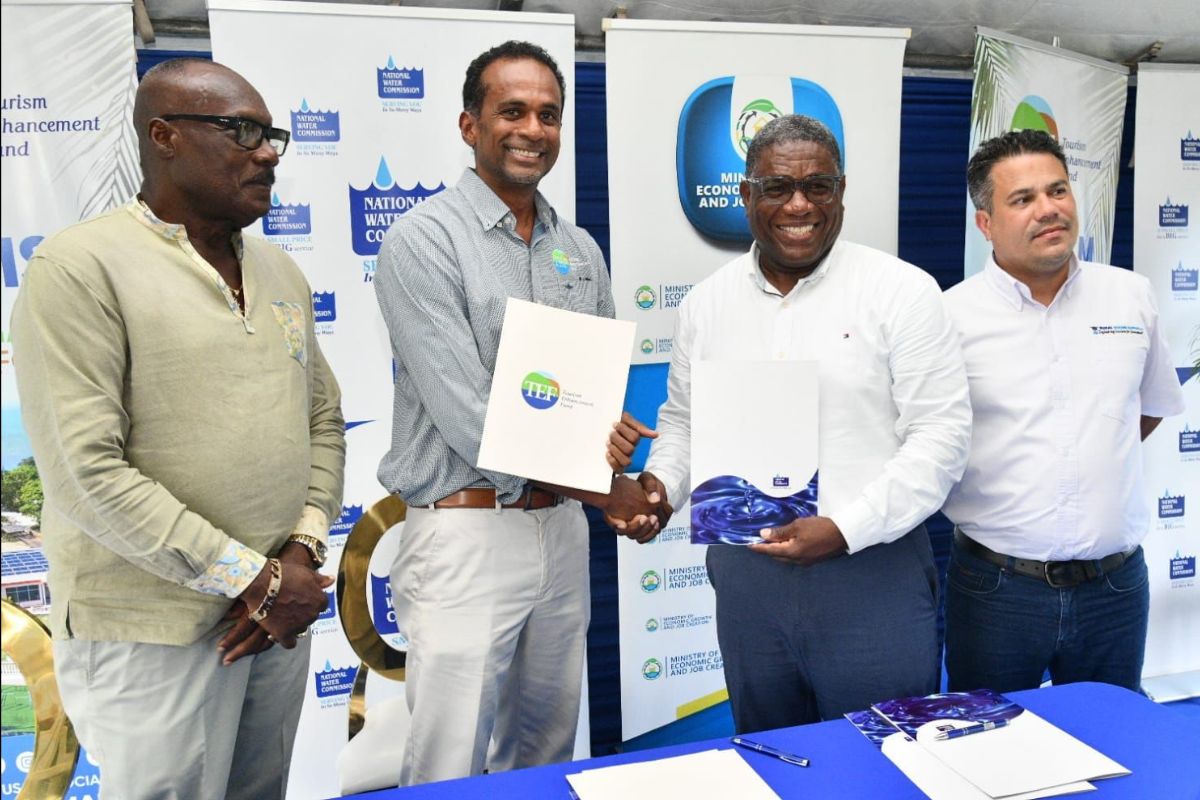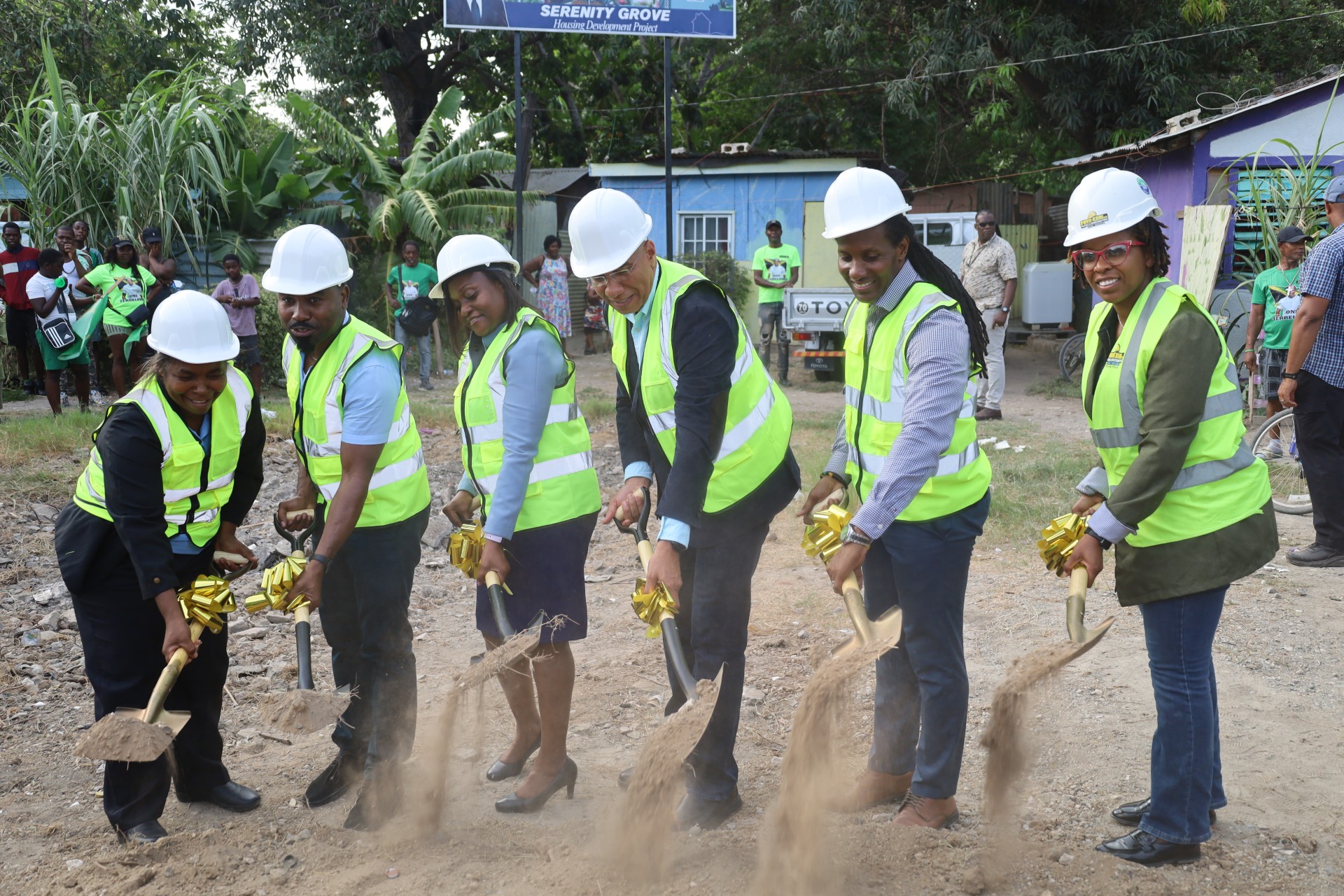Minister without Portfolio in the Ministry of Economic Growth and Infrastructure Developoment (MEGID) Hon. Robert Nesta Morgan, says the Montego Bay Perimeter Road is 80 percent complete with completion set for May 2026.
Minister Morgan who has responsibility for the Works portfolio, made the disclosure during a tour of sections of the Perimeter Road today (October 15, 2025)
“The completion date for this section of the Perimeter Road, not the Long Hill Section, is May 2026. We are a little bit ahead of target as the contractors have been moving a little bit faster than we predicted, which is a good thing. The work that we have done on this road is a testament to the collaboration between China Harbour, our local contactors as well as the engineers, a lot of them from local companies and the management of NROCC (National Road Operating and Constructing Company). I think it is an example of how we can build roads in the future” the Minister stated.
Pointing to the work that has already been done, Minister Morgan noted that the road has been asphalted, where before there was only aggregate.
“There was base material in the form of aggregate and now we have 2 inches of asphalt which is the base course. There is another layer of asphalt which is to be put on, which is going to be another inch and a half of asphalt. So the standard for this road is another three and a half inches of asphalt which our engineers tell us is sufficient to deal with the traffic”, he noted.
Responding to a question from the media about opening sections of the road ahead of completion, Minister Morgan said any such plans would have to be guided by the safety of the motorists.
“We’re putting in railings and other safety features to ensure that motorists who will use the road are able to use it in a very safe way. It is an active construction site so you wouldn’t want to open the road too early and put persons lives at risk.
So when the time is appropriate and when we feel that we have put in the necessary safety measures and the paving has been done in a particular way, we will definitely announce that we are opening a section of the road to the motoring public”, he stated.
Work on the US$274 million Montego Bay Perimeter Road project includes the:
- Montego Bay Bypass Road,
- Barnett Street/West Green Avenue Road Rehabilitation,
- Long Hill Bypass to reduce road traffic congestion, and, a comprehensive drainage study of the Montego Bay Bypass area.











